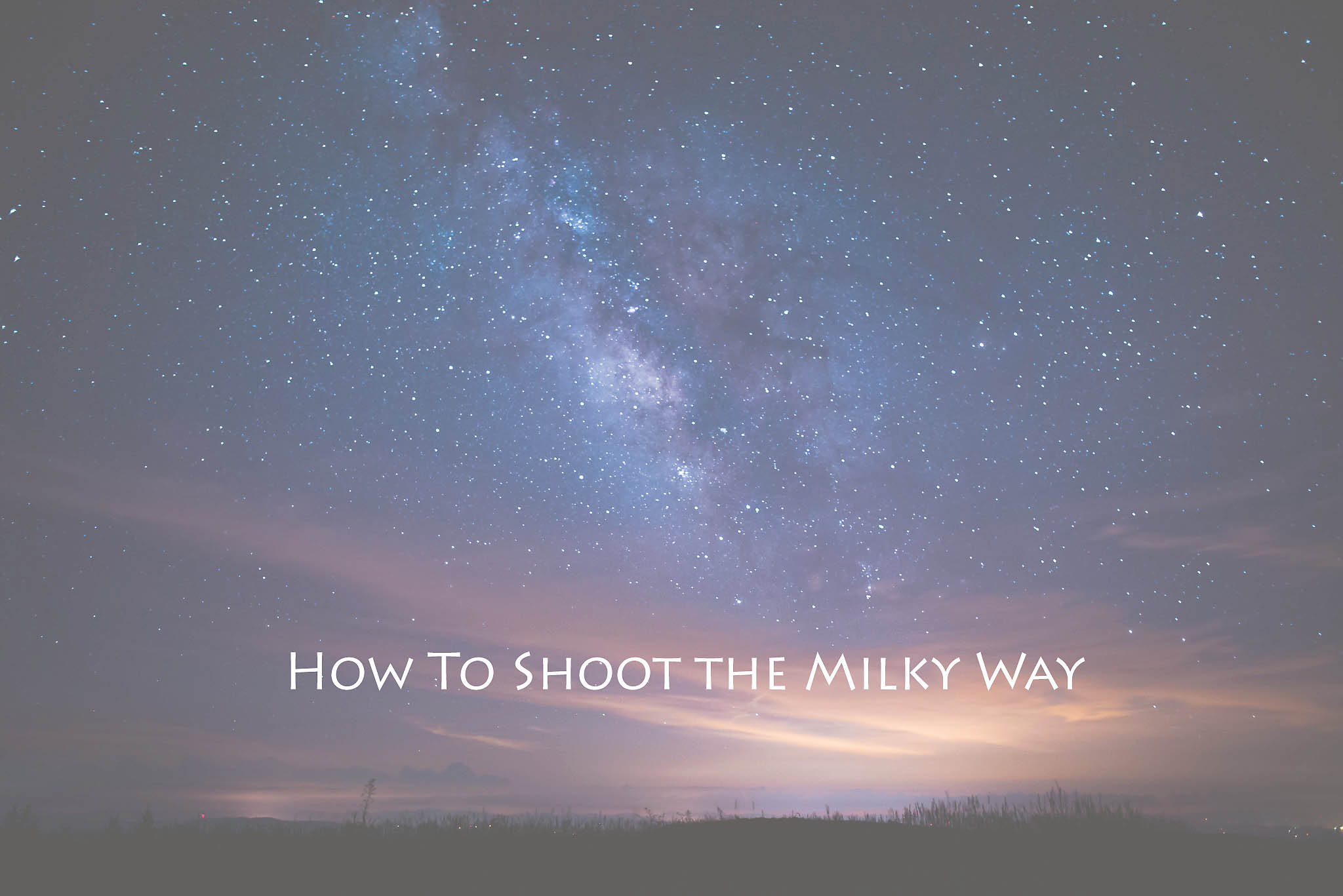This post is dedicated to Genevieve. She saw my Milky way photos and was the first one to ask how they were done.
To shoot the Milky way you’ll need these ingredients:
- A great attitude. And willingness to give up a warm bed, to stand around in the dark, in the dew, in the wind just to wait for the right moment.
- a 20.00 tripod
- a wide angle lens that opens up to at least f/4
- a location far away from city lights
- a clear night
Yup that’s all. Well a camera with manual settings too.
Now before we get any farther let me remind you I’m not very technical. I don’t like to read manuals, I don’t like to read how to do something in advance, I like to just go out and try it first. Then, after I’ve done it and failed I am ready to read about how to do it from people who know what they’re doing. So with that in mind, here’s how I shot the milky way
I use a 20.00 tripod. Of course a nicer tripod would be great but you can do this with a cheap tripod.
I used a 20 year old 24mm D lens from ebay. ( I just remembered I forgot to write the guy a review! But the lens is in great shape.)
I chose a location far away from city lights.
I refused to get discouraged as the fog came in!
Camera settings: ISO 100, f/5, 93 sec, 24mm focused at infinity 9:51pm
Milky way photo settings
Because I just try stuff and see what happens, I first tried settings I might use for a landscape photo. Low ISO, long slow shutter. That did not work!!
I knew I had to change something. Then in the back of my mind I heard Dennis Sprinkle from years ago when I had no interest in night sky photography saying enthusiastically how he was going to camp out, set alarm for 2 am, use a lens wide open and crank up the iso for a Milky way shot and did anyone want to join him.
Camera settings: ISO 2000, f/4, 22 sec, 24mm focused at infinity 10:02 pm
I did a little adjusting of settings and this is what I got!
If you got out I’d love to see your meteor showers and milky way photos! if you have a blog or website, facbook photo comment with the link!
Happy shooting
~Nelya

John, This was shot with a full frame camera. Yes, probably a little faster shutter would’ve given me less oval looking stars. But like I said, I just go out and try stuff. there are probably math puzzles that could be be figured out in advance of shooting so that things were perfect on the first try. I was having too much fun standing there looking up at the milky way blazing a cavern across the night sky! And seeing meteors in every direction that my camera wasn’t pointed.